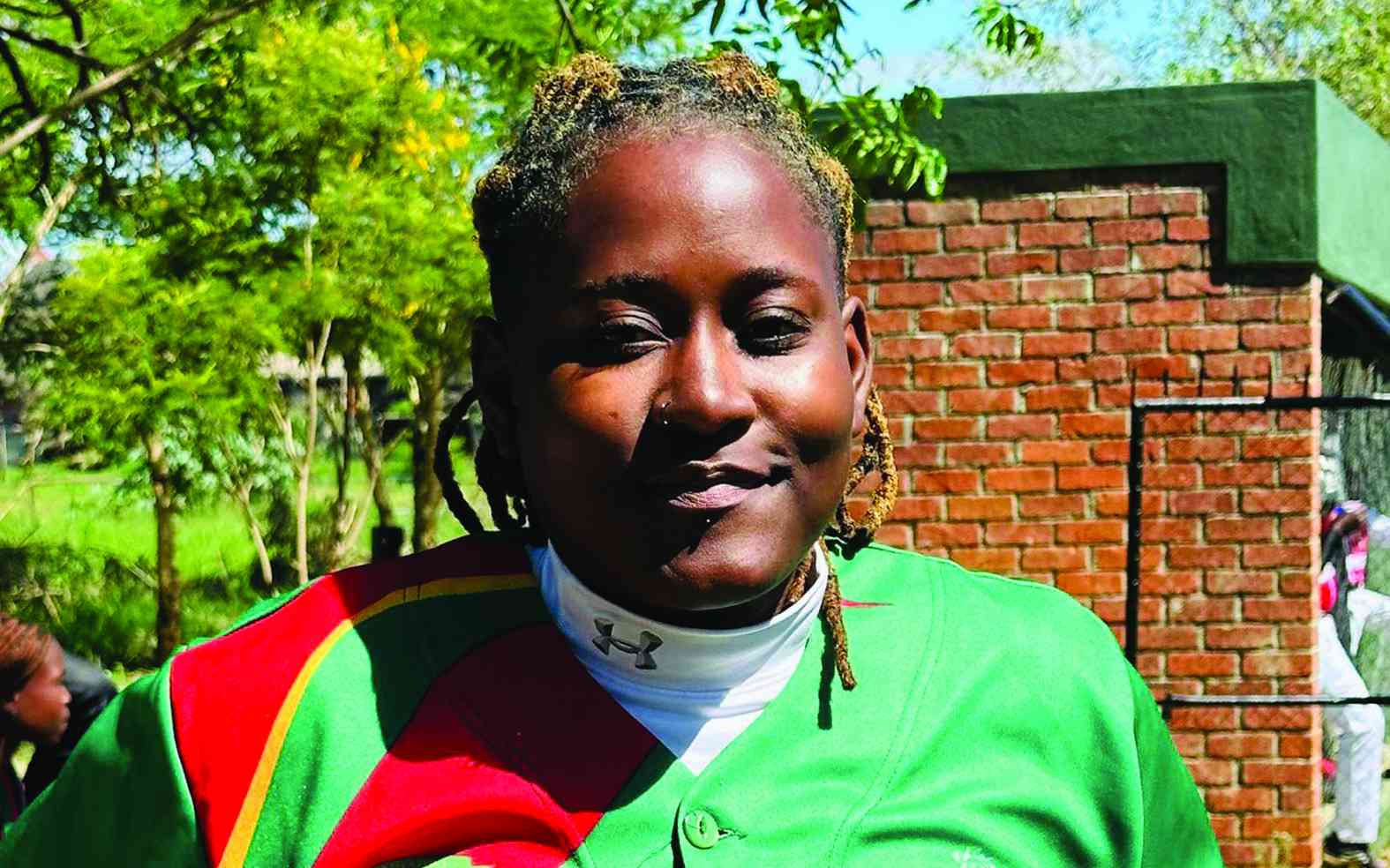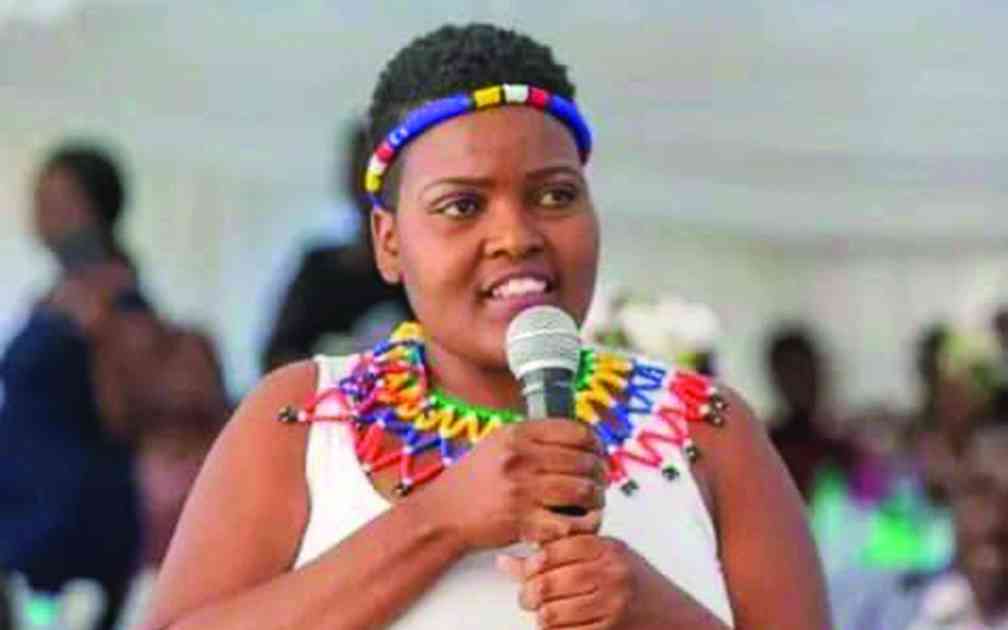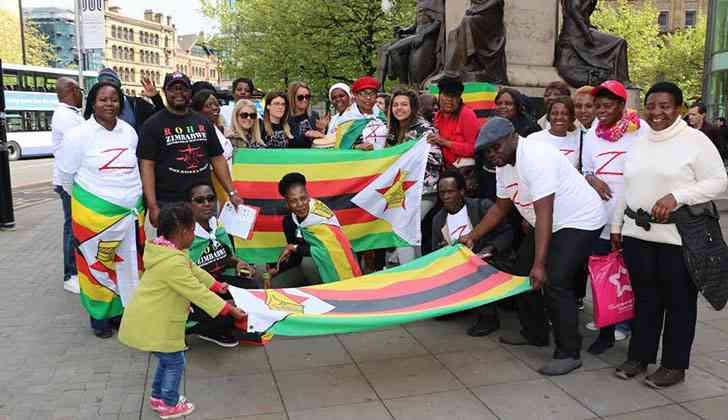
LAST years’ United Nations Framework Convention on Climate Change COP28 highlighted the urgent need for transformative action to address the pressing climate crisis. However, setbacks in communication, youth engagement and awareness surrounding climate change pose significant challenges.
In order to drive meaningful progress and hold decision-makers accountable, it is essential to prioritise inclusive communication and engage the voices of youths, inclusive of persons with disabilities in all their diversities (PWDs), in climate negotiations.
Now that the climate negotiators have left Dubai, the capital of the United Arab Emirates, the COP28 hosts, attention turns to the next essential tasks: Turning the goals expressed at COP28 into national action and ensuring the finance and increased voices are there to implement them.
Therefore, Climate experts point out that it is up to nations to translate the UAE consensus into their next round of the Nationally Determined Commitments and transformative domestic legislation and policies, including ramping up renewables and fossil fuel transport and tapping down fossil fuels at every turn.
Global agreements can send the right signals, but the world’s fate will ultimately be determined by whether countries play their part in roping in the youths, the rising generation inclusive of PWDs, in addressing the climate crisis.
Inadequate communication and youth engagement
One of the key obstacles in addressing the climate crisis is the lack of widespread understanding and engagement, particularly among the youths inclusive of PWDs. Efforts must be made to improve communication strategies and reach a broader audience.
This includes translating complex scientific information into accessible language, using visual aids and multimedia formats, and providing information in multiple languages and formats compatible with assistive technologies.
- Letters: PWDs remain susceptible to abuse
- Disability advocates push for equal participation in politics
- Call for PWDs inclusion in electoral processes
- Call for PWDs inclusion in electoral processes
Keep Reading
By ensuring inclusive communication, youths, inclusive of PWDs, will be empowered to actively participate in the climate conversation, experts note.
Climate change is a multifaceted issue, often laden with technical jargon and intricate concepts. By simplifying the language used to convey climate information, the knowledge gap can be bridged and make it more accessible to everyone, inclusive of youths and PWDs.
Pictorial aids and multimedia formats play a pivotal role in enhancing understanding and engagement.
By utilising infographics, charts, videos and other visual tools, information can be presented in a visually appealing and digestible manner. Visual representations help to simplify complex data, making it easier for youths, including PWDs, to grasp the key messages and implications of climate change. These visual aids can be designed to accommodate various learning styles and cognitive abilities, ensuring that the information is accessible to a broad range of youths.
In addition, providing climate information in multiple languages and formats compatible with assistive technologies is essential for inclusivity. Climate change affects communities worldwide, and language should not be a barrier to understanding its impact and solutions.
By offering information in different languages, diverse populations will be reached and ensure that language barriers do not exclude anyone from participating in the climate conversation.
Furthermore, considering the needs of persons who use assistive technologies is crucial. This includes providing information in formats compatible with screen readers, text-to-speech software, and other assistive devices.
By making climate information accessible through these technologies, youths inclusive of PWDs, will be empowered, who rely on assistive tools to access and engage with content. It is essential to prioritise inclusive design and ensure that the information is accessible to persons with visual impairments, hearing impairments, or other disabilities.
Social experts observe that by implementing these strategies for inclusive communication, an environment where youths inclusive of PWDs will be reached, and in the process empowered to actively participate in the climate conversation.
They can understand the scientific knowledge, engage with the issues, and contribute their unique perspectives and ideas. Inclusive communication not only ensures that all voices are heard, but also fosters a sense of ownership and empowerment among youths, enabling them to become agents of change in addressing the climate crisis.
Accountability and decision-making
The failure of COP28 to achieve substantial progress raises concerns about the effectiveness of decision-making processes. It is crucial to establish mechanisms that hold decision-makers accountable for implementing and adhering to climate commitments and targets.
Social critics point out that transparency and accountability gaps in reporting and monitoring systems hinder the accurate assessment of progress. Furthermore, limited public participation and inadequate platforms for civic engagement restrict the ability to influence policies and ensure meaningful action.
By strengthening accountability mechanisms and promoting transparency, effective implementation of climate commitments will be driven. Transparency and accountability are crucial in addressing the climate crisis.
However, gaps in reporting and monitoring systems hinder the accurate assessment of progress. Without transparent and reliable data, it becomes challenging to gauge the effectiveness of climate commitments and the progress made towards achieving them.
This lack of transparency undermines the ability to hold decision-makers accountable for their actions or lack thereof.
To address this issue, it is imperative to strengthen accountability mechanisms. Decision-makers must be held responsible for implementing and adhering to climate commitments and targets. This can be achieved through robust reporting and monitoring systems that provide accurate and up-to-date information on the progress being made.
By establishing clear benchmarks and regularly reporting on progress, decision-makers can be held accountable for their actions and commitments. In addition to accountability, limited youth participation and inadequate platforms for civic engagement pose significant obstacles to achieving meaningful climate action.
When the youth inclusive of PWDs are excluded from decision-making processes, their voices and perspectives are not adequately represented. This undermines the democratic principles that should guide climate policy and action for the present and the future.
To overcome this challenge, it is crucial to create inclusive platforms for youth participation and civic engagement. This includes involving diverse stakeholders, such as community representatives, civil society organizations, and youth groups, in decision-making processes.
By providing opportunities for youth input and involvement, decision-making becomes more inclusive, democratic, and representative of the interests and concerns of the youth affected by climate change.
Promoting transparency goes hand in hand with strengthening accountability. By ensuring that information about climate commitments, progress, and decision-making processes is readily accessible to the youth, transparency is achieved.
This allows for scrutiny and oversight, enabling the youths to hold decision-makers accountable for their actions. Transparency also fosters trust and confidence in the decision-making process, as it enables individuals and organisations to verify the accuracy of the information provided.
By strengthening accountability mechanisms and promoting transparency, effective implementation of climate commitments can be driven. Decision-makers will be more likely to fulfil their obligations when they know they are being monitored and held accountable for their actions.
Increased youth participation and engagement provide diverse perspectives and creative solutions, leading to more comprehensive and effective climate policies and actions.
Cultural and systemic barriers hinder their meaningful participation in policy development and implementation. It is imperative to create opportunities for youth engagement and ensure their inclusion in decision-making processes. By amplifying their voices, intergenerational inequity and fostered sustainable solutions will be established.
Towards a comprehensive approach
Sociologists note that addressing these challenges require a comprehensive approach that aligns with inclusivity and integration principles. Firstly, communication strategies must bridge the knowledge gap by making climate information accessible to all.
Secondly, youth engagement should be fostered through inclusive platforms that allow their voices to be heard. Third, accountability mechanisms should be strengthened to ensure the effective implementation of climate commitments. Lastly, empowering youths inclusive of PWDs, by involving them in decision-making processes will drive a more inclusive and effective response to the climate crisis.
By prioritising these aspects, a more informed, inclusive, and effective response to the climate crisis is fostered. It is about time to unite and empower the rising generation to play a central role in driving transformative action for a sustainable future.
Tonderai Matonho is a Zimbabwean environmental and social commentary journalist











